Affiliate links on Android Authority may earn us a commission. Learn more.
9 innovative but wacky LG features that never took off
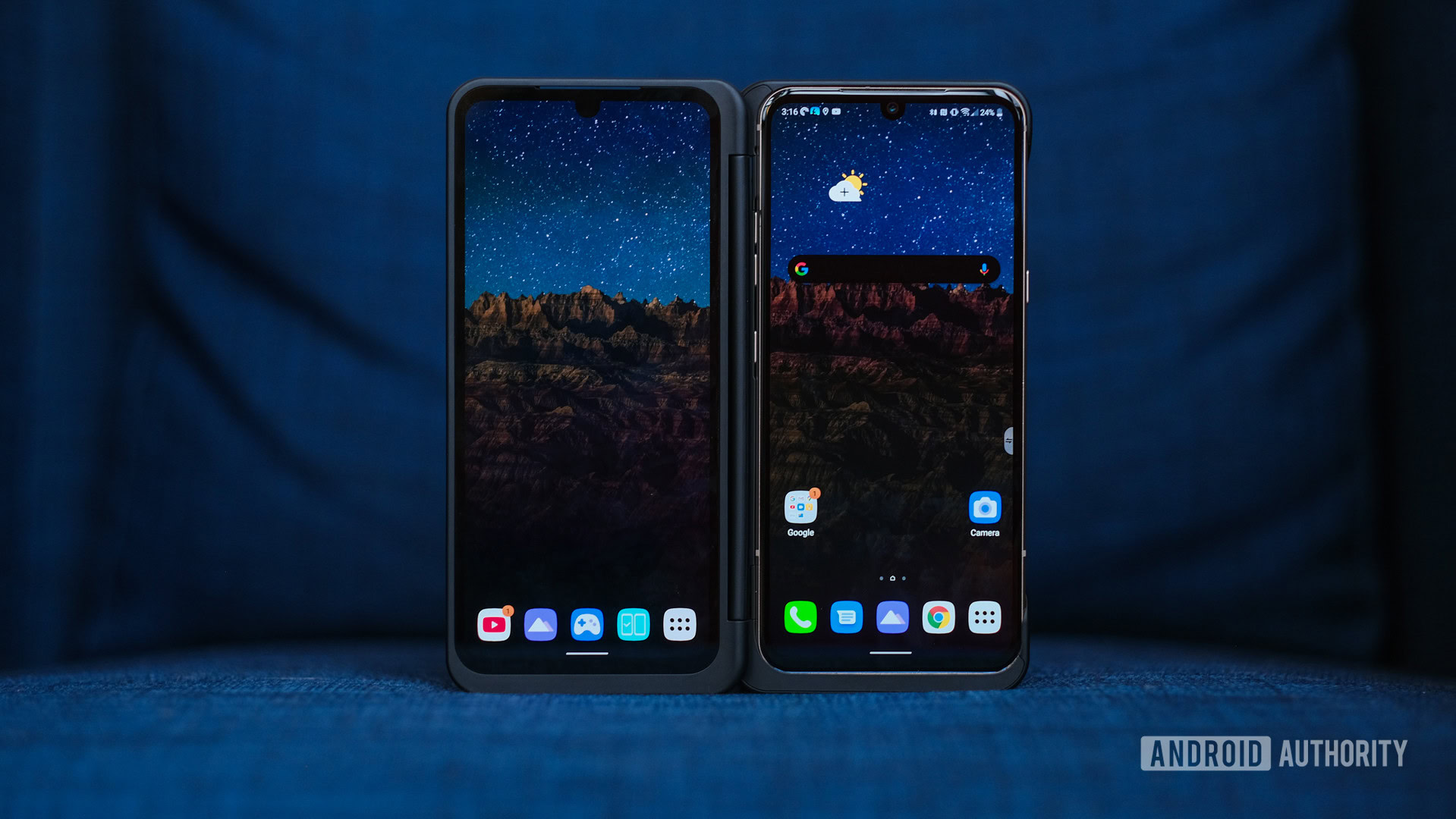
It’s been one year since LG decided to exit the smartphone business, bringing over a decade of Android phone releases to an abrupt end. The company was responsible for several neat innovations during that time, including the ultrawide camera, manual video mode, and the first phone with a capacitive touchscreen.
In saying so, the South Korean company was also behind some innovations that never quite took off. So with that in mind, we take a look at some of these interesting but ill-fated LG features.
A modular phone
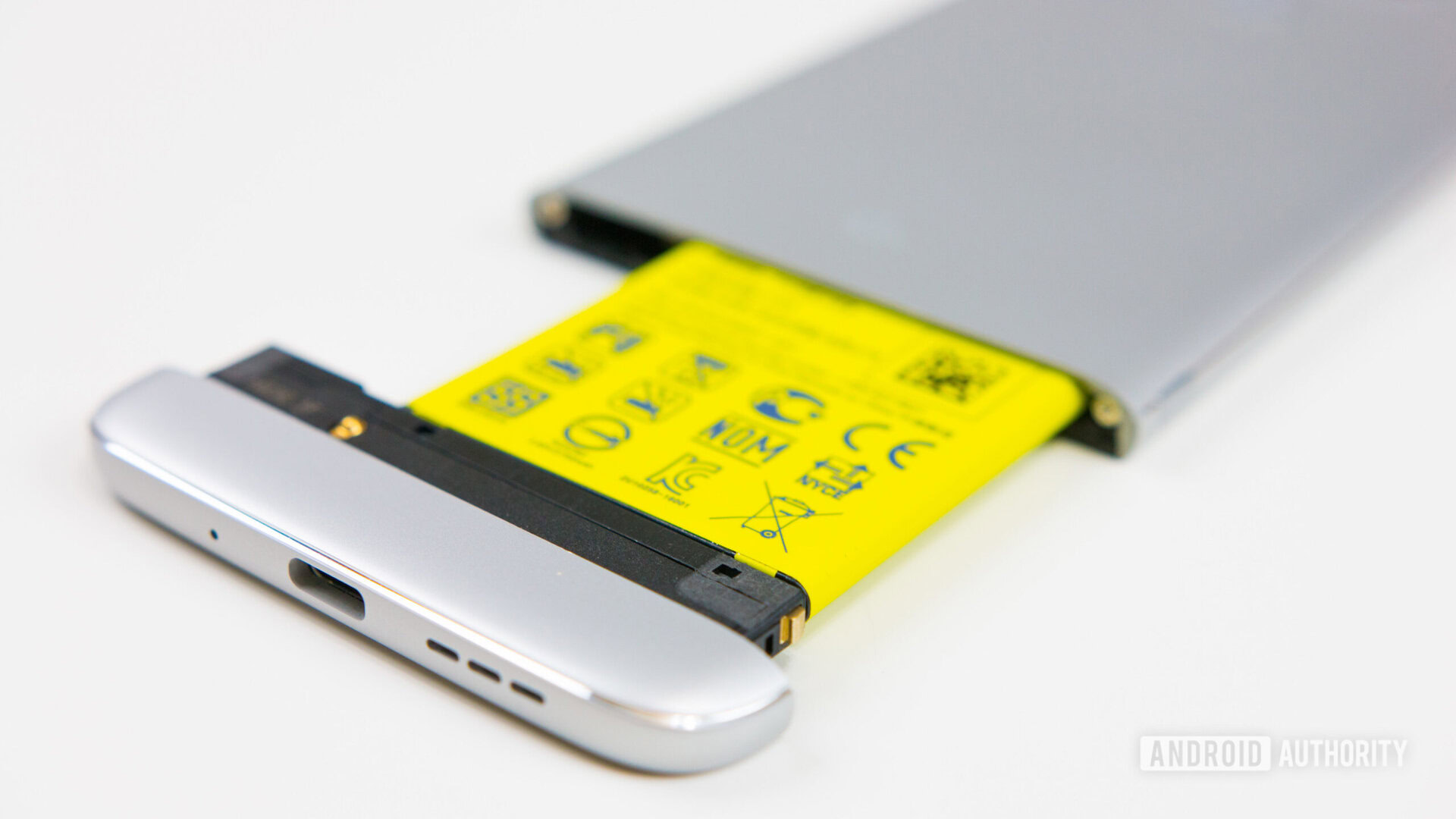
2016’s LG G5 saw the company break away from its traditional formula and go all-in on a modular smartphone. The phone’s chin pulled out, revealing a removable battery. But there was more to this magazine-like slot than just swapping out the battery.
More reading: The best phones with a removable battery
Users could slide several mods into this slot, such as a camera grip and a Hi-Fi DAC. Unfortunately, only a couple of add-ons were released for the phone as LG quickly abandoned the concept due to weak sales.
Other companies, such as Motorola, offered modular smartphones too, but all opted to use magnets rather than the magazine-slot approach to attaching accessories. But the trend wasn’t to last, and today only the niche Fairphone series continues to offer modular components.
Those second screens
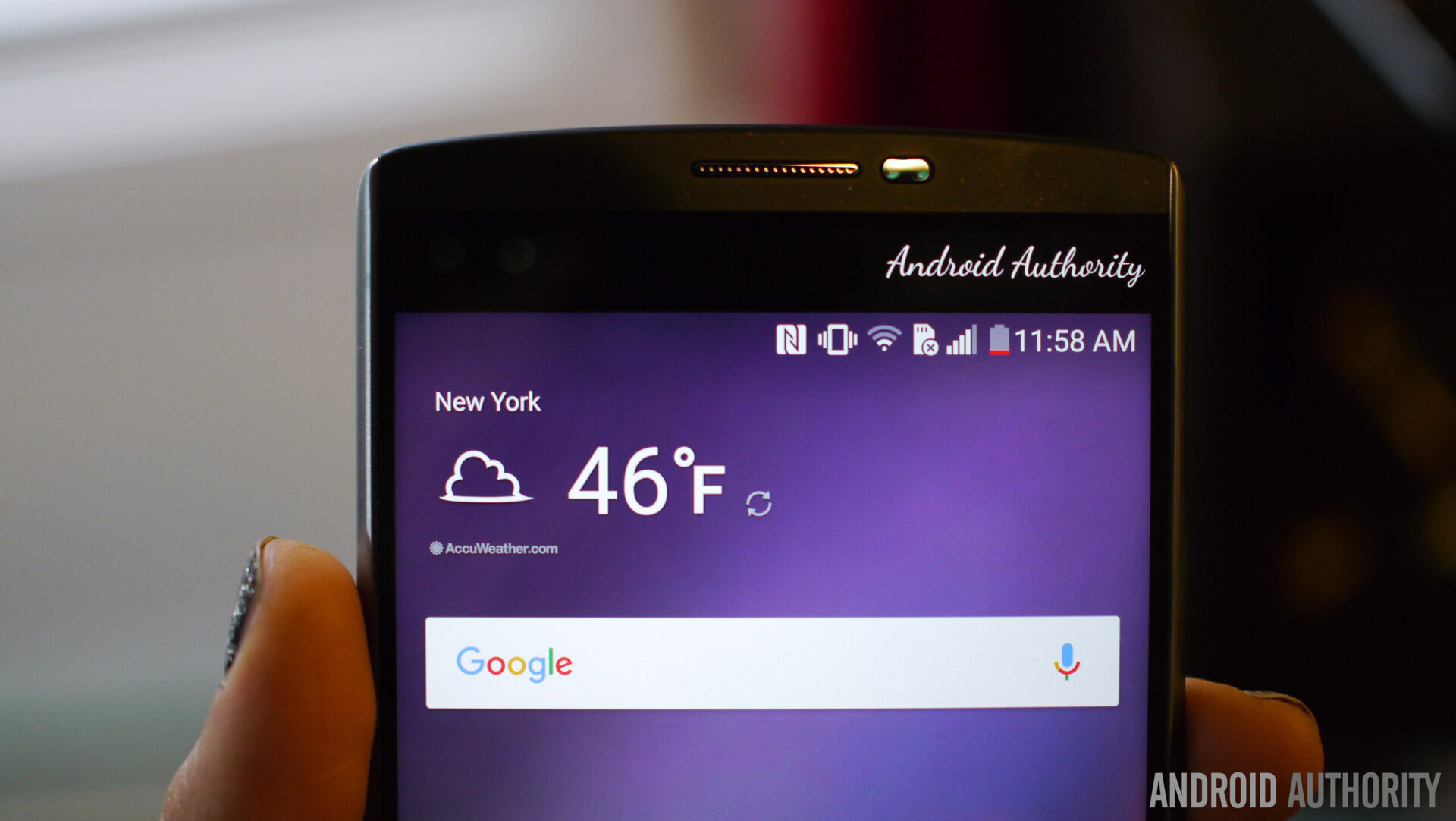
LG first dabbled with the second screen when 2015’s V10 (seen above) debuted a tiny secondary “ticker” display above the main screen. This second screen was separate from the main display and had a few handy functions by the time the similarly equipped V20 arrived in 2016. These functions included showing app shortcuts, notifications, calendar entries, media controls, browser tabs, and more.
By the time of the LG G6’s release in 2017, it was clear that the secondary ticker display atop the main screen wasn’t going to catch on. After all, the G6 debuted an 18:9 screen ratio that effectively subsumed the ticker display. However, the secondary screen idea has found a spot on the back of some phones like the Mi 11 Ultra, allowing users to take selfies with the rear cameras.
More reading: Everything you need to know about the LG dual screen case
The company tried another second screen concept in 2019 when it debuted the LG V50 with a Dual Screen Case. This flip case contained another screen, giving users a Surface Duo-like experience rather than a single foldable screen. It was a neat concept, and the company went on to offer this on the G8X and V60 (seen at the top of the page) as well.
After years of trying to make it work, LG's second screen project culminated in the ill-fated Wing.
LG’s final second screen project was the ill-fated Wing in late 2020. The phone featured a square secondary screen that swiveled out from behind the traditional smartphone display. This was another novel idea, allowing you to run an app on each screen (e.g. texting on the small screen and YouTube on the smartphone display). But just like LG’s other dual-screen concepts, the Wing never caught on with the mobile world at large.
Rear volume and power buttons
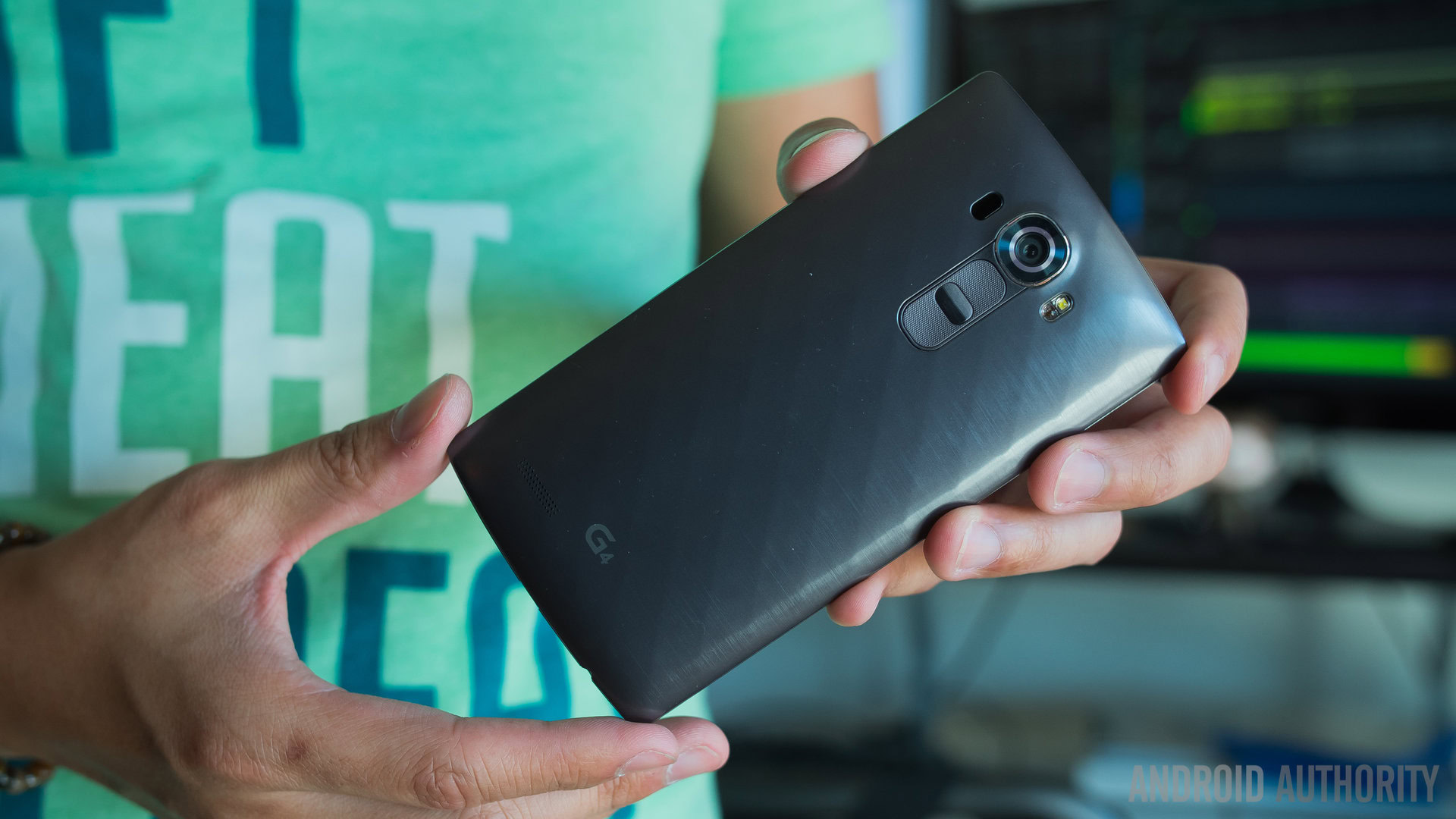
Another memorable LG innovation was its decision to move the power and volume buttons to the rear of some phones. The company debuted this layout on the LG G2 back in 2013, featuring a volume rocker with a power button between the volume-up and volume-down keys.
Related: Android phone makers need to leave the power button alone
It was a rather nifty idea and became a signature of the early G series. LG went on to offer rear-mounted volume and power keys until the LG G5. That 2016 device shifted the volume keys to the side but left the power button on the back and added a fingerprint scanner to it.
Rear-mounted power and volume buttons were an LG hallmark for years.
The LG G7 saw the company embrace conformity in this regard as it placed the power button on the side. Still, rear-mounted power and volume buttons were an LG hallmark for years.
Knock code
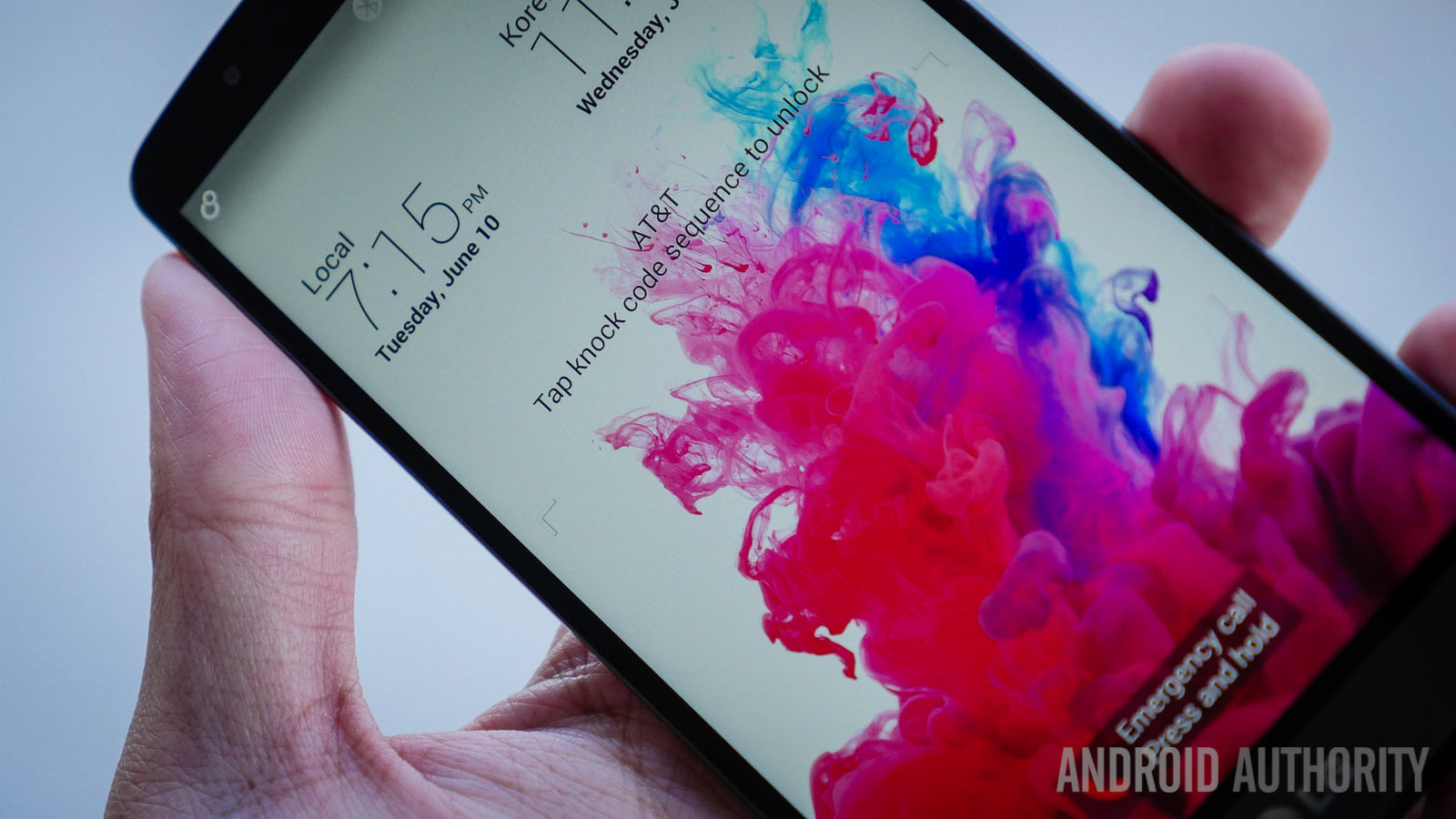
Remember when biometric authentication wasn’t available on the vast majority of smartphones? Back then, OEMs relied on pattern unlocks, PIN codes, and more, to keep your phone’s contents secure. But LG had a rather exotic alternative in the form of knock codes.
More reading: How fingerprint scanners work — Optical, capacitive, and ultrasonic tech explained
This security feature allowed you to unlock your phone by tapping certain areas on the screen in sequence. Specifically, you had to tap specific blocks on a 2×2 on-screen grid. You could set your code to be two taps on the upper-right block, a tap on the lower right block, and two taps on the lower-left block. Pretty neat. Unlike other security features, a knock code still worked when the screen was off.
LG’s knock code quickly fell into obscurity after the rise of fingerprint scanners, but it was nevertheless a great idea at a time when biometric authentication wasn’t common or reliable.
Vertically curved screens
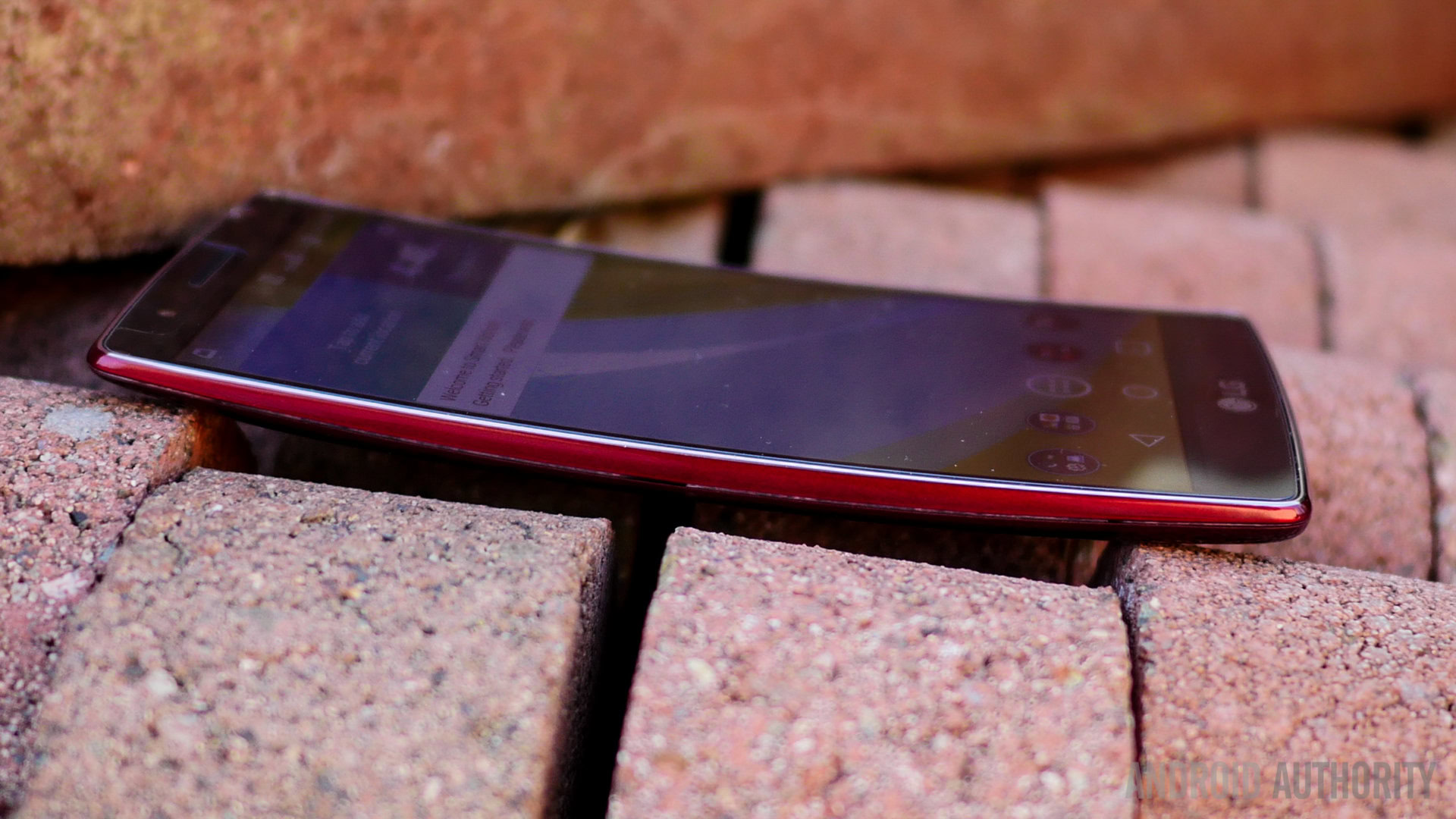
Curved screens are a common sight on high-end smartphones — Samsung, OnePlus, Xiaomi, and others all use curved panels. However, these phones all offer displays that curve away on the left and right edges. LG had a very different idea.
More curved coverage: The best phones with edge displays
The original G Flex innovated a plastic-OLED screen with a concave curve, bending ever so slightly from top to bottom. This gave the phone a unique look, with LG adopting similarly curved screens for the G Flex 2 and G4. This was primarily an aesthetic choice, although the G Flex and G Flex 2 screens were also slightly flexible (along with the rest of their bodies) in the name of durability.
LG didn’t hold onto this tech for very long, though. Its vertically curved screen disappeared after the G4 and LG adopted traditional displays instead. Still, there’s something to be said about the LG G4’s combo of vertically curved display and horizontally curved leather back — it was a great-looking phone.
Quad DAC audio
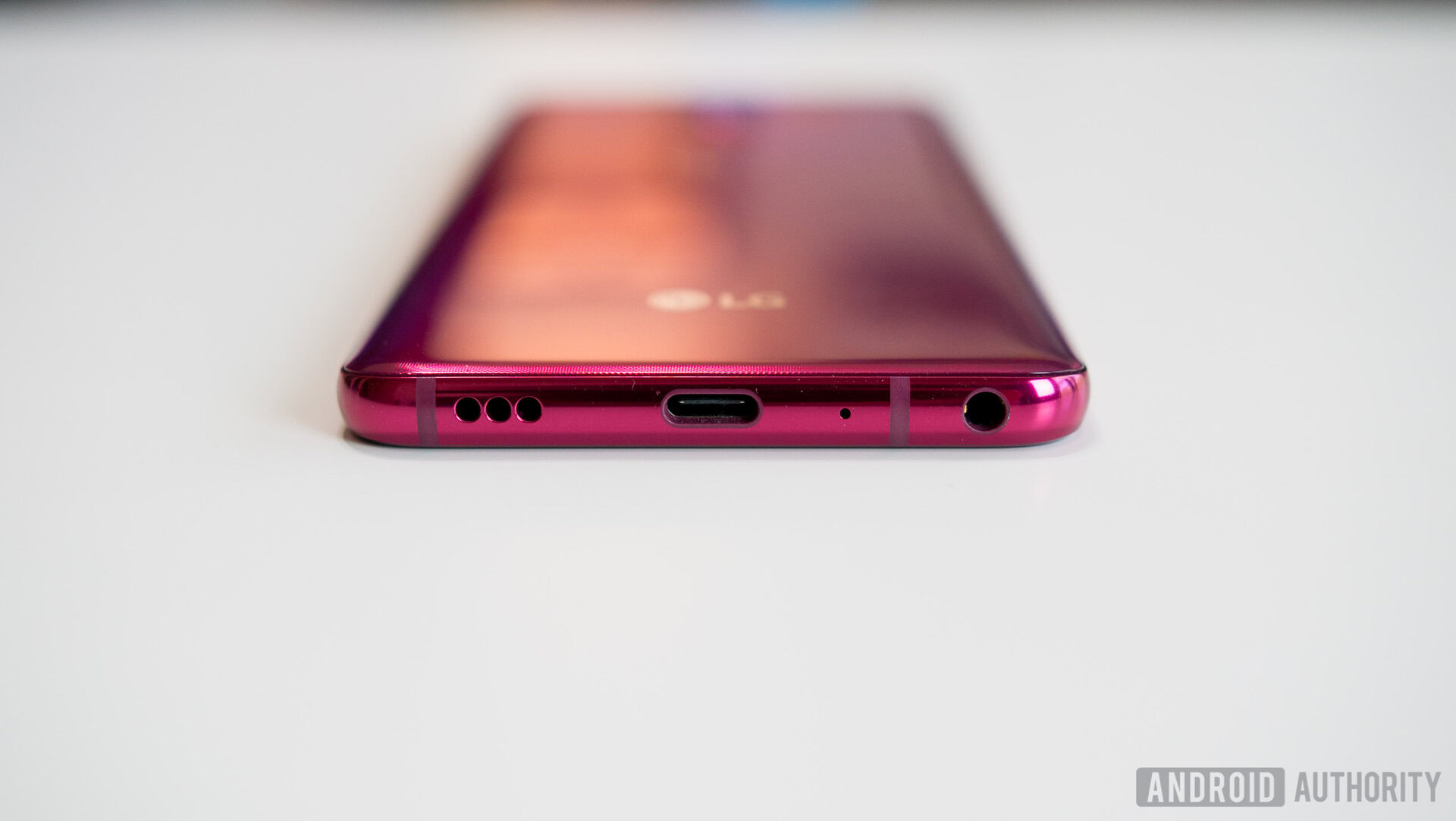
LG debuted quad DAC (digital-audio converter) audio hardware inside 2016’s LG V20, offering superior audio quality compared to DAC hardware seen inside other smartphones. At least in theory. This allowed higher impedance headphones to be used with the phone’s 3.5mm port and promised premium sound quality.
The company kept the quad DAC hardware in its flagship phones for years thereafter, with the LG V60 as the last high-end phone to offer the feature. Unfortunately, the LG Wing and LG Velvet missed out. Outside of LG, we haven’t seen the quad DAC on other smartphones at all. Other phones use a more conventional DAC or one built into their SoC. That said, a high-end DAC isn’t a necessity these days, as most flagship phones have (sadly) ditched the 3.5mm port.
Hand ID
By 2019, the smartphone industry had firmly embraced fingerprint authentication, face unlock, and (to a lesser extent) iris recognition. However, LG figured there was an opening for another type of biometric authentication altogether on the LG G8.
Our original review: LG G8 review — LG chooses to blend in rather than stand out
The G8 introduced Hand ID technology, using a 3D ToF camera and IR sensor on the front. This tech promised to read the veins in the palm of your hand to verify your identity and unlock your phone. It sounds pretty crazy, right?
Unfortunately, the unlocking process was awkward and sluggish as you slowly lowered your hand over the phone. Worst of all, our review noted that the feature only worked about 20% of the time. In other words, there was no reason to use this over fingerprint unlock or 3D face unlock, which were both faster and more accurate.
Hand ID reads the veins in your hand to unlock your phone. Pretty crazy, right?
LG also used the 3D ToF camera for its Air Motion feature, following in the Galaxy S4’s footsteps by letting you interact with your phone without actually touching it. But this tech was just as finicky as Hand ID, requiring users first to hold their hand four inches away and then make a Zoidberg-style claw six inches away.
A “Boombox Speaker” in a phone
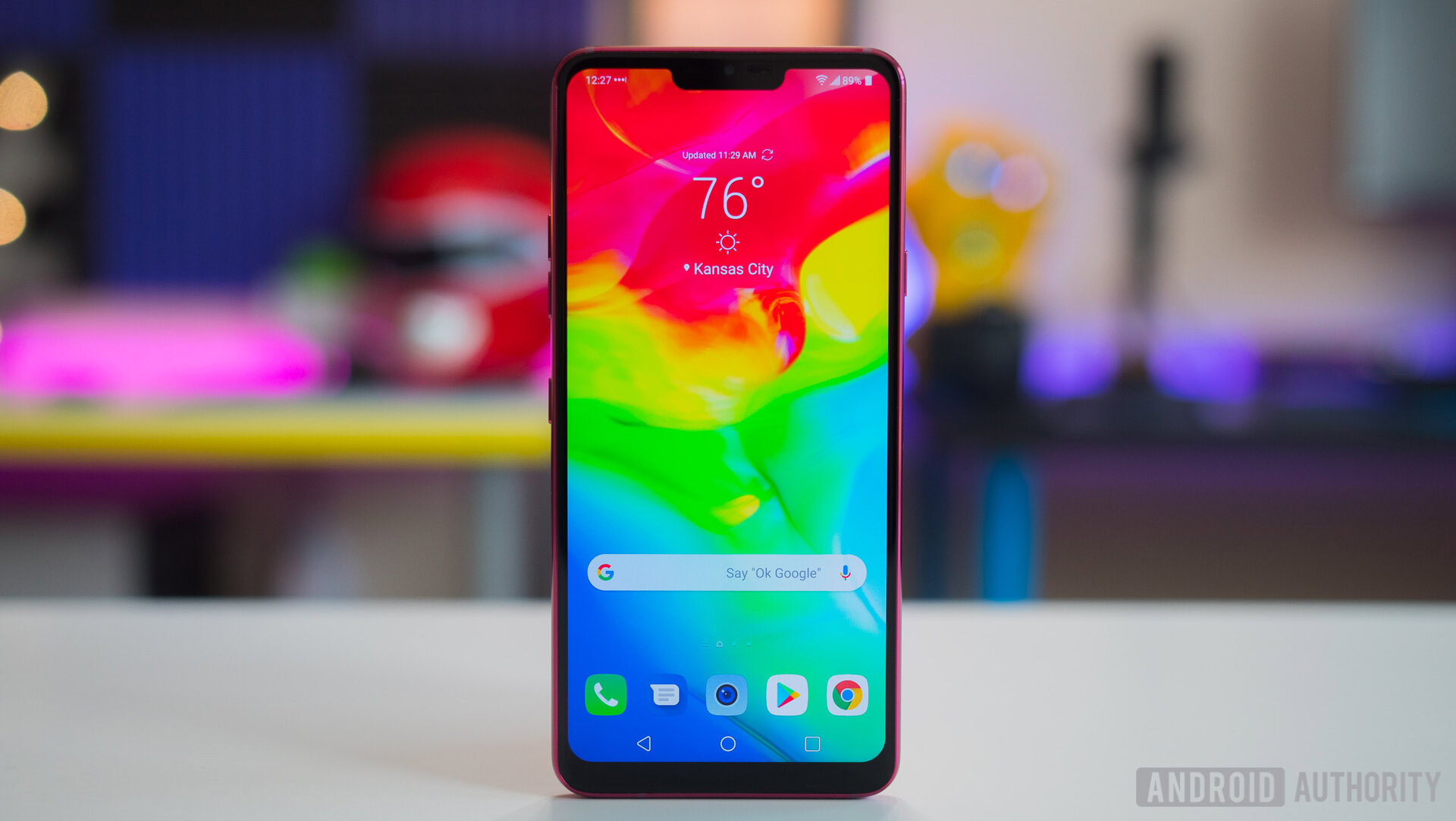
One of LG’s more curious innovations was the Boombox Speaker, which arrived with the LG G7 ThinQ. The smartphone only had a single bottom-firing speaker, but it used the inside of the phone as a resonance chamber to increase volume when the phone was placed on a hollow container or a hard surface.
More audio coverage: The best phones with a 3.5mm headphone port
It was a cool idea and worked surprisingly well in practice too, delivering a major increase in volume. However, we still thought that stereo speakers were better for high-quality sound. Still, I wouldn’t mind seeing this feature reappear on low-end phones that are unlikely to have stereo speakers in the first place.
Self-healing rear cover
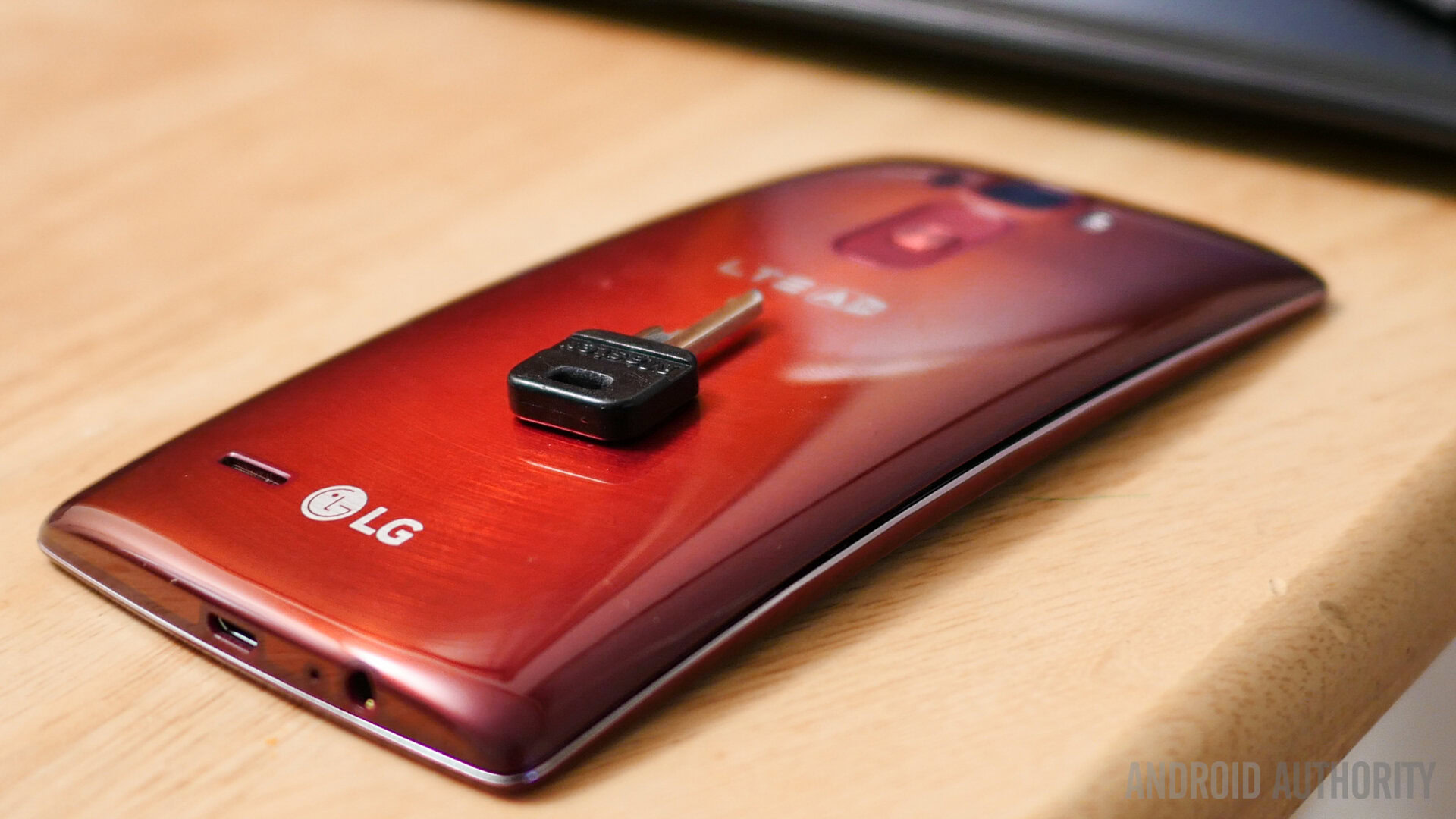
A phone that can heal itself sounds like science fiction, but LG made this idea a reality not once but twice with the LG G Flex and LG G Flex 2 in the early to mid-2010s. LG’s Flex phones not only featured flexible screens and bodies that could be bent to a small degree, but they also had self-repairing backs.
Need a tough phone?: These are the best rugged phones you can buy right now
The G Flex’s self-healing technology made light scratches slowly disappear over a period of a few minutes. This technology improved on the G Flex 2, taking under 30 seconds to heal from light scratches. It didn’t work on deep scratches and more extensive damage, but it was certainly an innovative feature that made LG’s phone more robust to wear and tear.
The G Flex's self-healing technology made light scratches slowly disappear.
Unfortunately, self-healing backs didn’t catch on with the rest of the industry. Instead, most companies adopted polycarbonate backs and glass covers with Gorilla Glass protection. Go figure.
It’s a pity that the smartphone world lost LG, as it’s clear the company wasn’t afraid to try new things. Sure, some of these innovations may have been gimmicks, but we certainly got a more interesting mobile industry as a result.